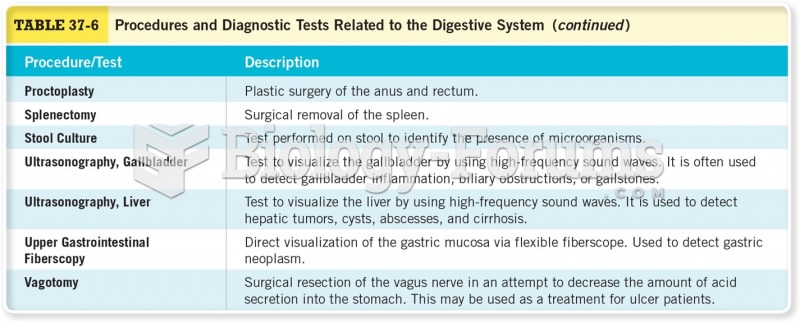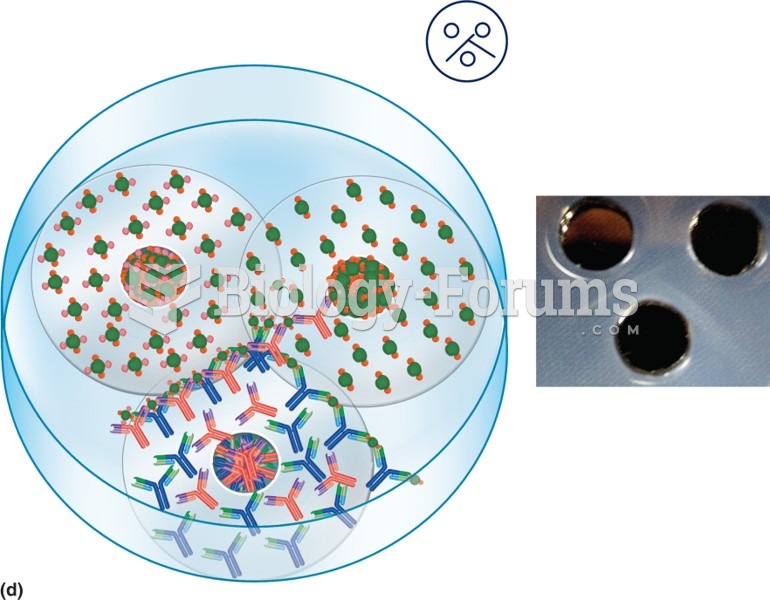Answer to Question 1
The dissociative and somatic symptom and related disorders are probably the most curious forms of mental illness. The dissociative disorders are characterized by problems with memory or alterations in consciousness or self-identity. Probably the most notorious psychological disorder is dissociative identity disorder (commonly referred to as multiple personality disorder or split personalities). In this disorder, essentially, two or more completely different personalities occur within the same individual. In dissociative amnesia, an individual suffers from profound loss of memory (similar to retrograde amnesia) with no readily apparent biological or medical condition. The somatic symptom and related disorders involve physical ailments or concerns in the absence that cannot be explained medically. In functional neurological symptom disorder (previously called conversion disorder), the individual loses some aspect of physical function, for example, paralysis of one arm or loss of feeling from one hand. Interestingly, these people often are not unduly concerned about their
condition. This is known as la belle indifference.. In somatic symptom disorder (most cases of which used to be called hypochondriasis), the patient experiences some physical symptom that leads to a preoccupation with the idea that he or she is
suffering from some serious medical condition, despite medical reassurances to the contrary. Although dissociative disorders and somatic symptom disorders have different symptoms, they are often classified together because they both represent psychological attempts to deal with anxiety.
Answer to Question 2
a







